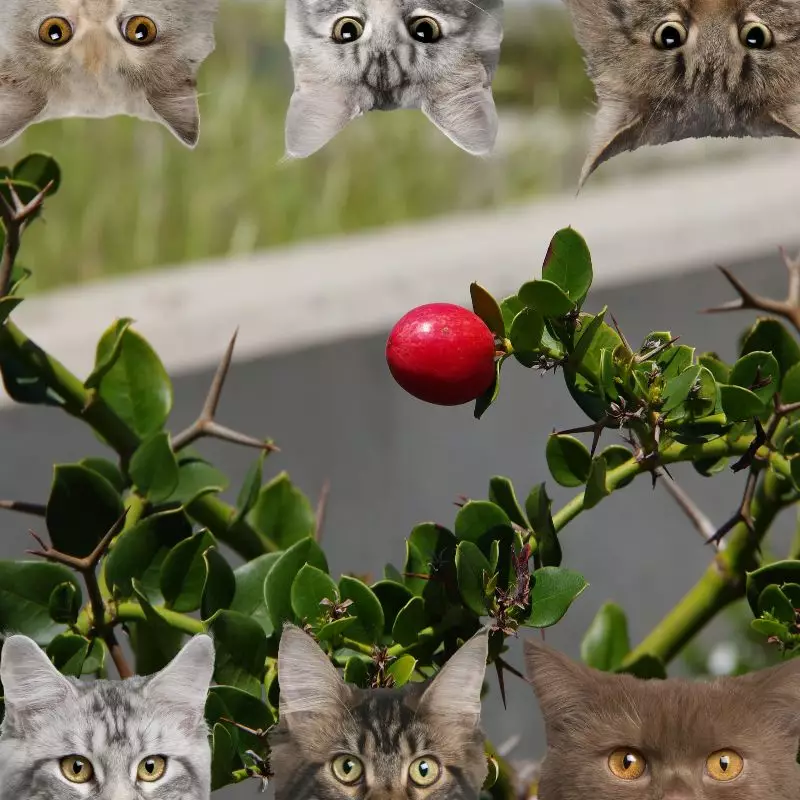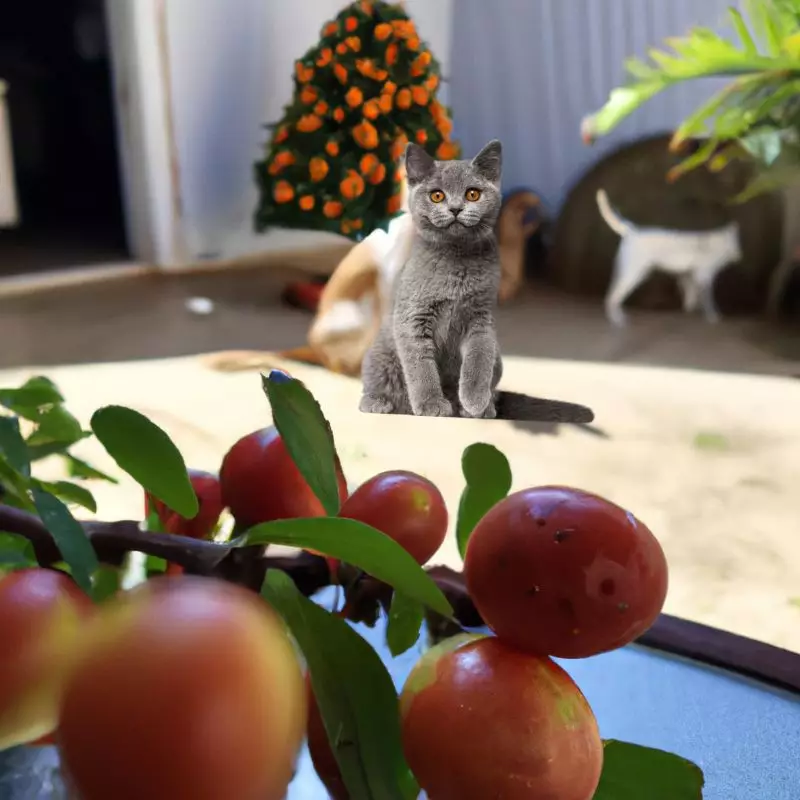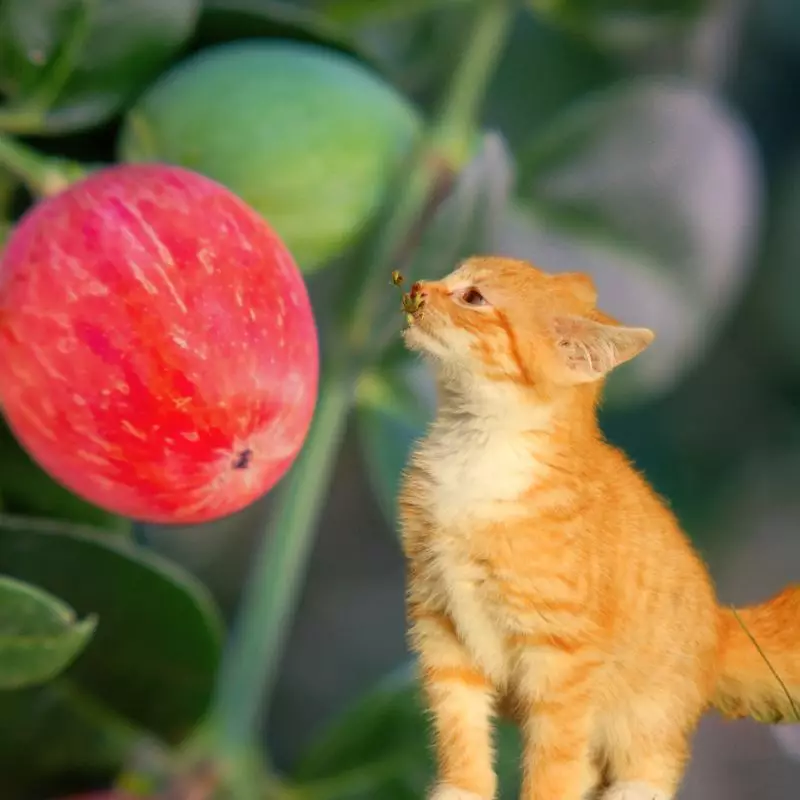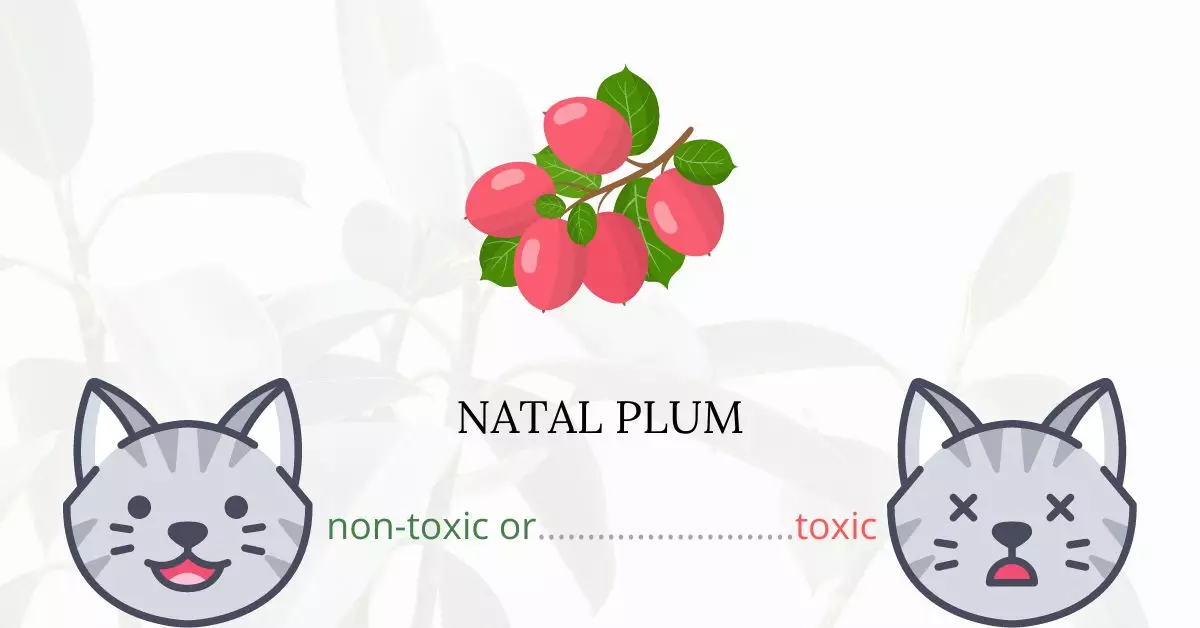Natal plum is not poisonous to cats. For cat owners seeking clarity on this topic, it’s reassuring to know that this plant contains no toxic chemicals that might endanger their feline friends. In fact, the Natal plum has even been recognized by the American Society for the Prevention of Cruelty to Animals (ASPCA) as a non-toxic plant.
This article was crafted in collaboration with a team of experienced DVMs (doctors of veterinary medicine). Their expert contributions, combined with our meticulous research from high-authority websites like ASPCA and PetMD, ensure that readers receive accurate and up-to-date information regarding the potential risks associated with various plants, including the Natal Plum, and their effects on cats.
While it’s confirmed that natal plum is safe around cats, it’s crucial to note that this doesn’t mean your cat should consume it freely. Always monitor your pets and ensure their safety when introducing any new plants or items into their environment.
Can Cats Eat Natal Plum?

It is not lethal for cats to eat a small portion of a natal plum. But, eating excessive amounts of natal plum may cause them indigestion.
Plants are generally not ideal to be included in a cat’s meal. Since they are carnivores, their bodies are not prepared to digest large amounts of plant matter. That’s why it is better for cats to avoid any type of plant even if it is non-toxic.
Also, commercial products like fertilizers and pesticides that are commonly used on plants may leave traces of toxic chemicals that can harm your feline pals. If you use these products, be sure to use the natural ones and strictly follow the instructions.
What is Natal Plum?

Scientifically known as Carissa grandiflora, natal plum is a plant native to tropical and southern Africa. It features glossy, deep green leaves and pure white blooms with a sweet scent that intensifies at night.
The natal plum is an evergreen thorny shrub that produces latex. They bloom for months at a time. In the summer and fall, the huge, spherical, crimson fruit grows alongside the blooms. In moderate coastal areas, the fruits are available all year. The fruit is edible raw or prepared into pies, jams, jellies, and sauces.
Keeping Cats Away From Natal Plum

If your cat has a favorite location, carefully wash it with a hose to remove any odors or urine spray. Using eco-friendly soap, clean the doors, patio furniture, and other surfaces. Cats have a tendency to return to the same spot, so eliminate their past claim to your garden and avoid repeat offenses.
You can also grow plants that cats do not find appealing and are known to dislike. Some plants, such as the scaredy-cat plant (Coleus canina), generate scents that cats find disagreeable. Rue, lavender, rosemary, and pennyroyal are some other herbs that are frequently advised for keeping cats away.
Because sounds frighten cats, you can experiment with wind chimes, motion-sensitive bells, or even rocks or pebbles in a jar. You can also utilize motion-activated devices, which emit a frequency that cats cannot tolerate but is barely audible to people.
Plants to Avoid For Your Cats
If you are a cat owner and unsure if the plants growing in your yard are harmful to your cats, check out this list of toxic plants for cats. You can also check our list of non-toxic plants for cats.





